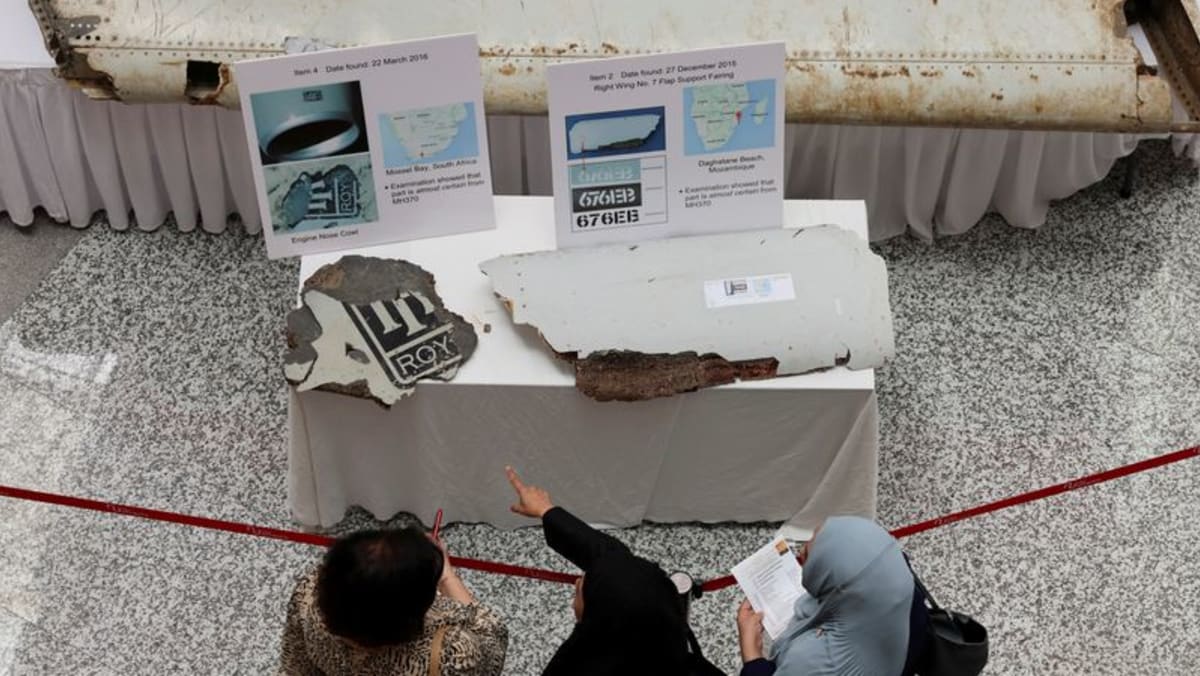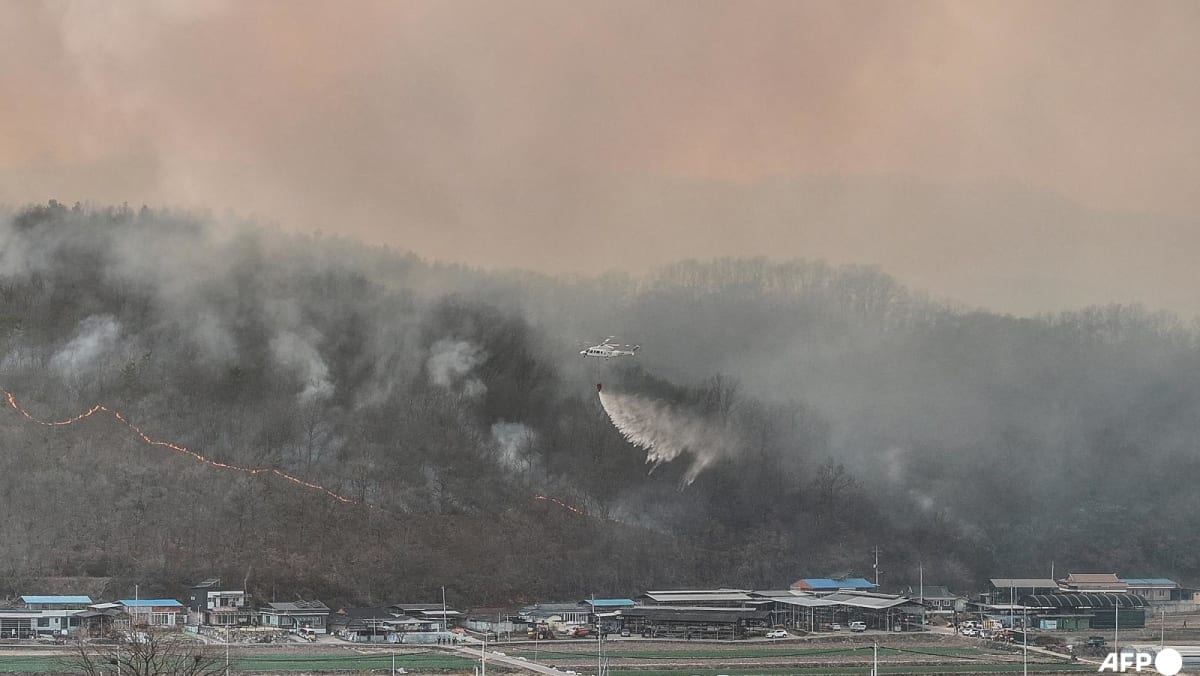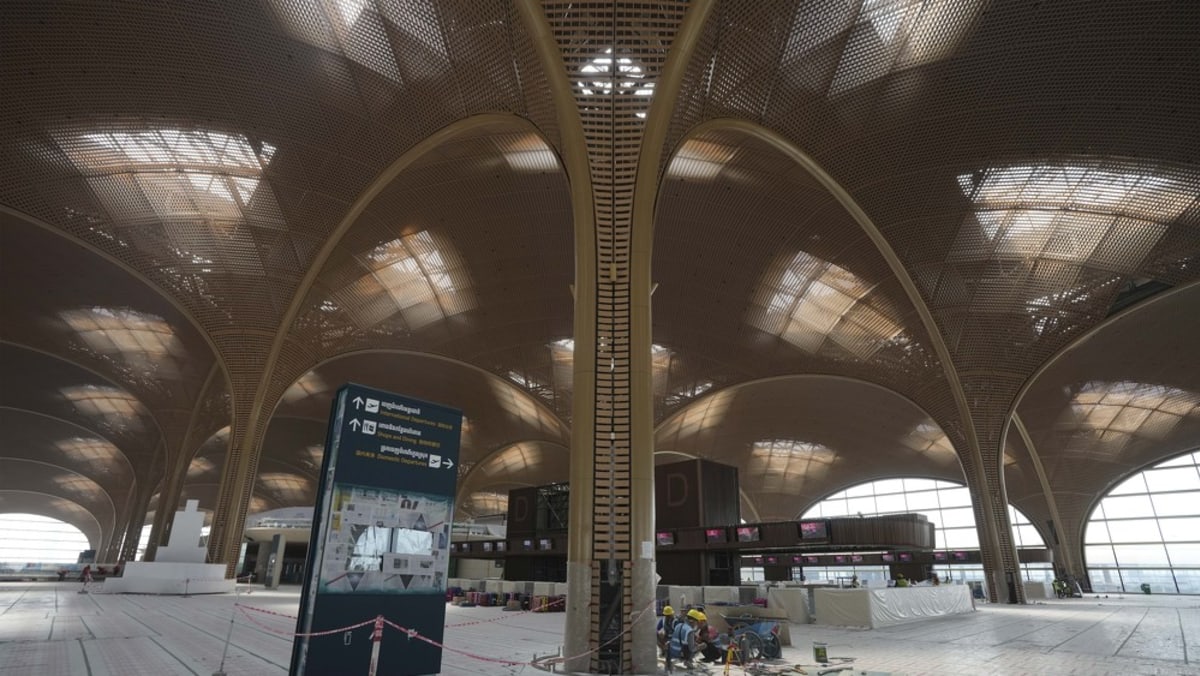AI in Southeast Asia: Green potential towards tracking plastic waste, forecasting extreme weather

ALL EARS ON HEARING BIODIVERSITY
From radars to rainforests, AI is also finding use in the depths of some of Southeast Asia’s most ancient landscapes.
Students Clara Hernblom and Johan Närvä from the Swedish University of Agricultural Sciences are conducting research in the pristine – and also more degraded – forests of Sabah on Malaysia’s Borneo island.
They aim to better understand the levels of biodiversity and wildlife activity across different landscapes, including restoration sites. The findings could provide insights into the effectiveness of carbon credits, where companies can offset their carbon footprint through the restoration or preservation of forests.
To understand the ecosystem, they have placed dozens of audio recorders throughout the landscapes that they are studying. Over 10-day periods, the devices capture the sounds of the animals, birds and reptiles living there.
Instead of manually having to listen to thousands of hours of recordings and trying to determine species and behaviours, the students can upload their recordings to an AI-powered platform called Arbimon, which can provide analysis in a fraction of the time.
“It seems really promising. This project would not be possible without it. And going forward, we will only get more species that we can identify.” Mr Närvä said.
It is a method being increasingly used around the region and the world – the online tool is free for scientists and researchers to access.
Arbimon originally started as a cloud-based programme for storing and analysing audio recordings at a university in Puerto Rico. Early applications included helping park rangers detect illegal activity, like chainsaw use in the forests of Palawan in the Philippines.
Its capabilities are now much more sophisticated.
The technology uses pattern matching and clustering to discover specific sound signatures that are indicative of present species. It has the potential to give insights into what is happening in the forest – in near-real time.
“For a scientist that has no access to technology, it would take on average 10 to 15 minutes to process one single recording,” said Mr Bourhan Yassin, the CEO of Rainforest Connection, which runs Arbimon. The non-profit organisation is dedicated to protecting threatened ecosystems.
“So think about that and multiply that over 100,000 recordings, which is not a lot for a dissertation or thesis. It would equate to somewhere around four and a half months to get a really good set of detections for a single species.
“With an AI model, you can do this in seconds. Literally, you can process a million recordings in a matter of seconds,” he said.
Mr Yassin said Arbimon is helping to bridge a huge gap between science and research and conservation on the ground. He shared that two to three million recordings are uploaded every week to the platform. Close to two billion analyses have been done so far in about 6,000 projects in almost 120 different countries.
Despite the vast potential for eco-acoustics to be used, especially in rainforest-dense Malaysia and Indonesia, limitations remain around its use in Southeast Asia.
Mr Yassin admitted that governments are still wary about data collection, particularly in national parks, and the hosting of that data outside their own countries.
“The government regulations haven’t caught up yet,” he said. “In order for AI to be widely adopted in Southeast Asia, there has to be decentralisation and coming to terms with the fact that AI doesn’t have to run entirely locally and cannot just be controlled entirely within the country.
“For these systems, especially systems like Arbimon, that are not serving just one country, they have to be global.”
Source: CNA















